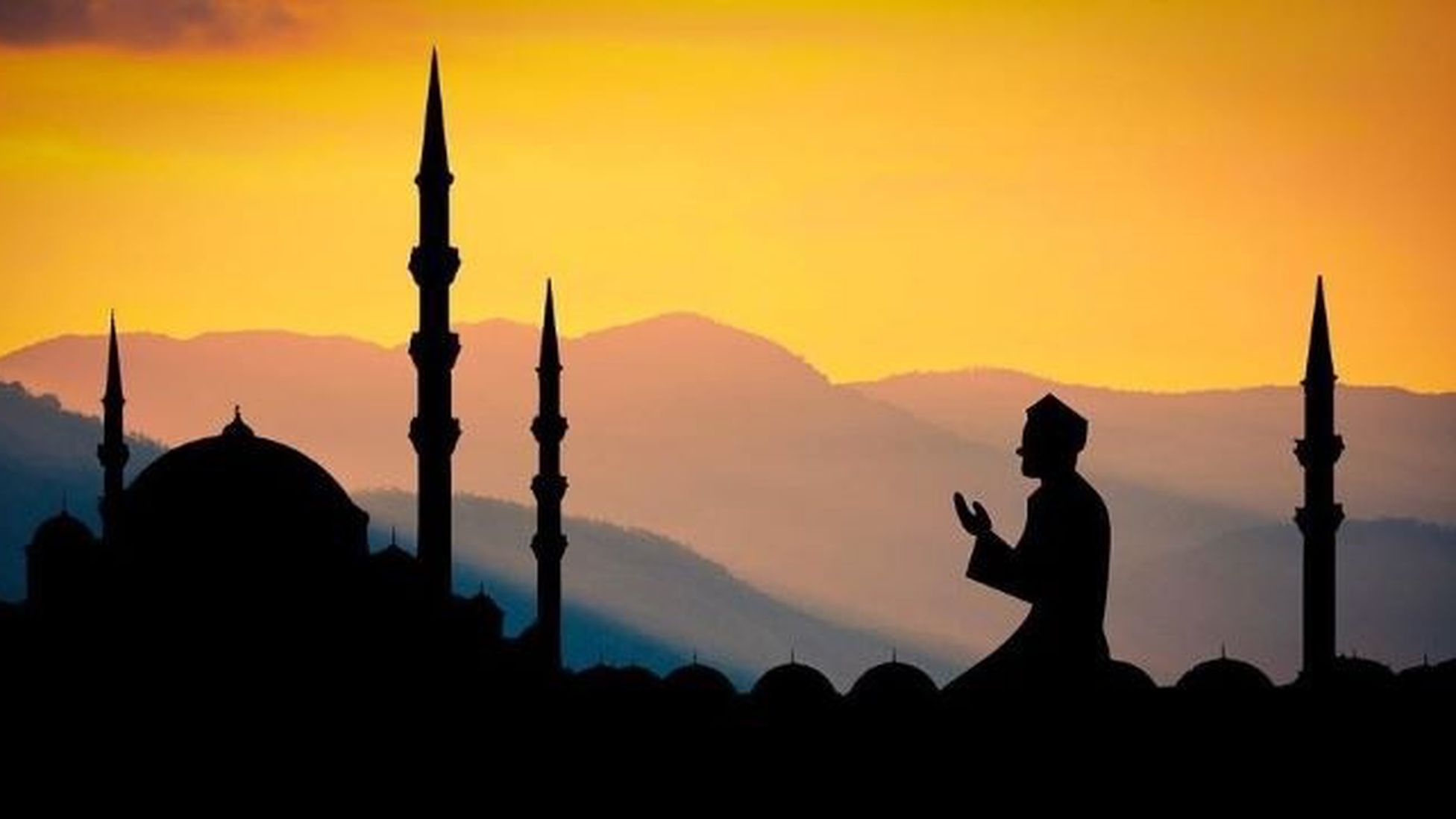- Home
- Religious Tour
- Swasthani Brata & Salinadi Sankhu: Nepal's Sacred Fusion

Swasthani Brata & Salinadi Sankhu: Nepal's Sacred Fusion
Nepal, a land blessed with diverse cultures and traditions, holds within its embrace a multitude of religious practices that reflect the spiritual richness of its people. Among these, the Swasthani Brata, coupled with the sacred Salinadi Sankhu pilgrimage, stands out as a revered ritual observed by Hindu devotees, particularly in the Nepali community. This combined spiritual journey weaves together elements of storytelling, fasting, prayer, and pilgrimage, offering participants a profound and holistic experience of faith and devotion.
Origins and Significance: The Swasthani Brata finds its roots in the ancient Hindu scripture, the Swasthani Brata Katha. Composed in the Malla period of Nepal, this sacred text narrates the tales of various Hindu deities, with a focus on the exploits of Swasthani Devi and Lord Shiva. The narrative is believed to hold immense spiritual significance, with devotees undertaking the Brata to seek blessings for marital bliss, prosperity, and the well-being of their families.

Salinadi Sankhu, on the other hand, is a pilgrimage to the sacred Salinadi River located near Sankhu, a historic town in the Kathmandu Valley. The Salinadi River is believed to be associated with the Swasthani Brata Katha, adding an extra layer of sanctity to the pilgrimage. Pilgrims visit the riverbanks to perform rituals, offer prayers, and seek spiritual purification.
The Observance: The Swasthani Brata typically commences on the full moon day of Poush (January-February) and concludes on the full moon day of Magh (February-March), aligning with the Nepali calendar. During this period, devotees embark on a rigorous spiritual journey, adhering to strict rules that include fasting, abstaining from meat, alcohol, and engaging in daily rituals.
Central to the observance is the recitation of the Swasthani Brata Katha, wherein devotees gather in groups or recite the sacred verses individually. The narrative unfolds the divine exploits of Swasthani Devi, illustrating her role as the protector and benefactor of her devotees. Through these tales, participants imbibe moral lessons, teachings of righteousness, and the power of unwavering faith.
The Rituals: The Swasthani Brata entails various rituals performed with utmost devotion and sincerity. Devotees wake up before dawn to take ritualistic baths in sacred rivers or water bodies, symbolizing purification of the body and soul. Offerings of fruits, flowers, and vermilion are made to Swasthani Devi, accompanied by the lighting of incense and lamps.
Fasting holds paramount importance during the Brata, with participants abstaining from food and water until sunset. The fast is broken with a simple meal consisting of rice, lentils, and vegetables, consumed after offering it to the deity. Many devotees undertake penances such as sleeping on the floor, refraining from using oil, and practicing celibacy as acts of devotion.
Simultaneously, pilgrims embark on the Salinadi Sankhu journey, visiting the sacred river to perform ablutions, make offerings, and seek spiritual blessings. The convergence of Swasthani Brata and Salinadi Sankhu creates a holistic experience, uniting the practices of storytelling and pilgrimage.
Community Engagement and Festivities: The Swasthani Brata fosters a sense of community among devotees, who come together to support each other in their spiritual endeavors. Public recitations of the Swasthani Brata Katha are organized in temples and community spaces, allowing individuals to partake in collective worship and storytelling.
The Salinadi Sankhu pilgrimage further strengthens the communal bond, as pilgrims share the spiritual journey, offer prayers together, and collectively immerse themselves in the sacred atmosphere of the Salinadi River.
Culmination and Conclusion: The combined observance of Swasthani Brata and Salinadi Sankhu culminates in grand festivities on the final day of the Brata, known as the Swasthani Brata Parva. Devotees gather at temples dedicated to Swasthani Devi, offering prayers and seeking her blessings for prosperity and fulfillment of their desires. The atmosphere is filled with devotion, hymns, and the aroma of incense, creating a deeply spiritual ambiance.

In the union of Swasthani Brata and Salinadi Sankhu, devotees find not only a profound connection to the divine through storytelling but also a spiritual cleansing and rejuvenation through the sacred pilgrimage. This holistic experience encapsulates the essence of faith, devotion, and the eternal quest for spiritual fulfillment in the rich tapestry of Nepali culture and tradition.












Comment / Rely From